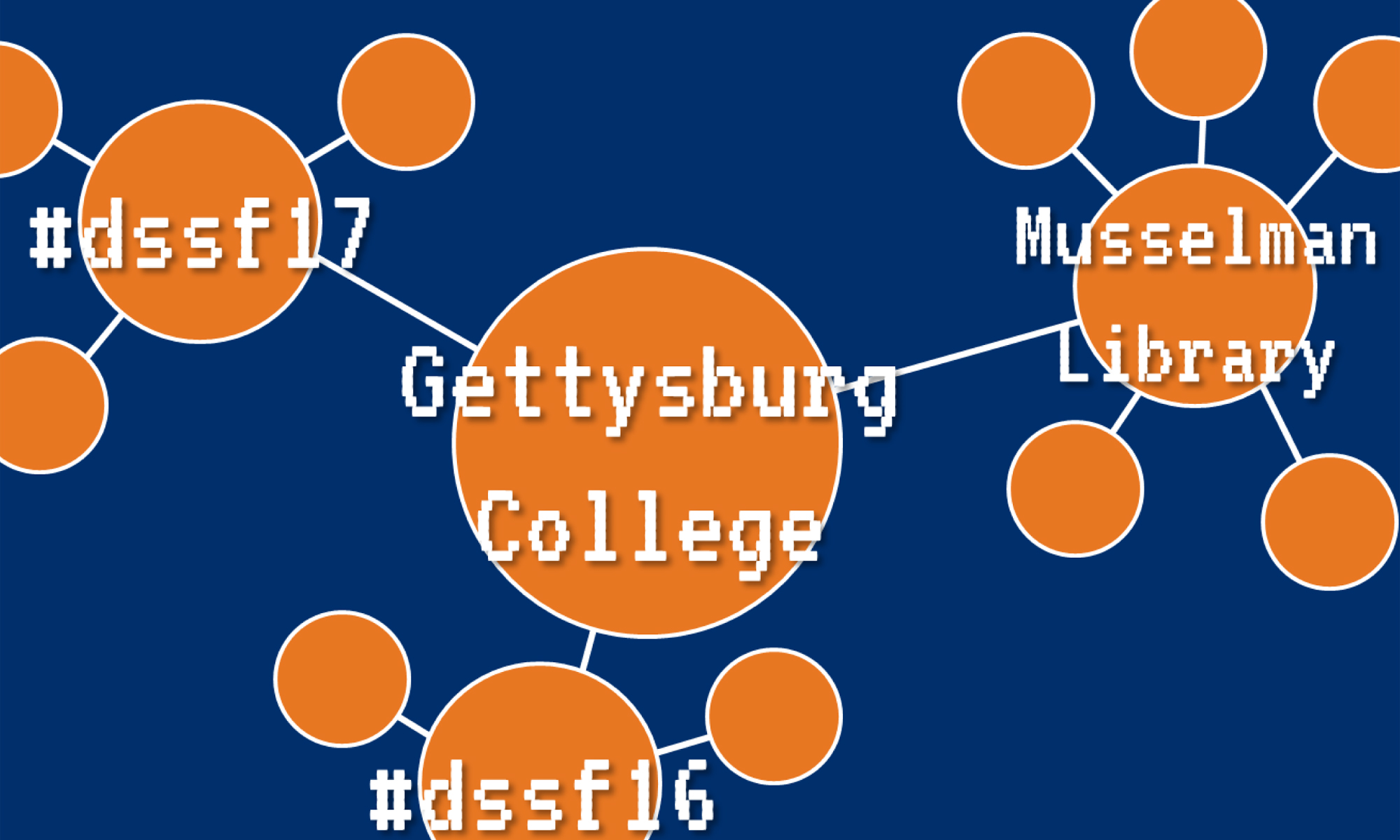When I applied for the digital scholarship summer fellowship in the spring of my sophomore year, I had just started honing my academic interests. Looking back, I don’t remember having a distinct sense of self yet, or a feeling that I fit into the larger Gettysburg College community. Participating in the digital scholarship program that first summer, and over the course of the past two years, taught me the value of putting scholarship into practice and engaging with communities, and shaped many of my core values.
Some of the irony of digital scholarship is that digital scholars constantly struggle to define the field, even as they work to produce answers that are accessible to a general public. This is not to say that ambiguity is negative–dwelling in different theories and questions helps a person think more broadly, and consider perspectives they otherwise wouldn’t have. However, it’s important to know when to leave this space, decide on an answer, and create work from what you’ve learned (to “get it on the site,” one might say). Digital scholarship taught me to balance theory and practice. While my theoretical and historical work on activism was (and is) important, I realized that I had to back it up by taking action myself. Digital scholarship provided me with the groundwork I needed to be involved in the Gettysburg community–to take the intersectional frameworks I learned about as a student in the classroom and apply it to my daily life. Learning does not stop at evaluating another person’s ideas, it involves contributing your own to the discussion.
In my future, I see myself using digital tools and my digital literacy to encourage others to take action. Digital scholarship taught me to value accessibility. For me, this is not only about making information easily available and understandable, but also about inviting people to take action themselves. When I submitted my initial application to be a DSSF, I wasn’t certain that I had the capacity to complete a project. Being a part of the program showed me the I could, in fact, conduct research, present it to others, form communities, and lead. Wherever my future leads me, I’d like to use digital tools to create narratives that engage people’s ideas and encourage them to take action themselves.
By far, the most important thing I learned as a member of the digital scholarship team at Musselman Library was the importance of engaging with communities. All of the work I’ve done over the past two years came to fruition because I had help and support from a strong network of mentors and co-workers. Oftentimes, it can be difficult to approach or engage with social justice issues because they seem so infeasible. However, coming together to critically engage with discourse creates the potential for productive change. I know that I will take this lesson into the rest of my future life.
